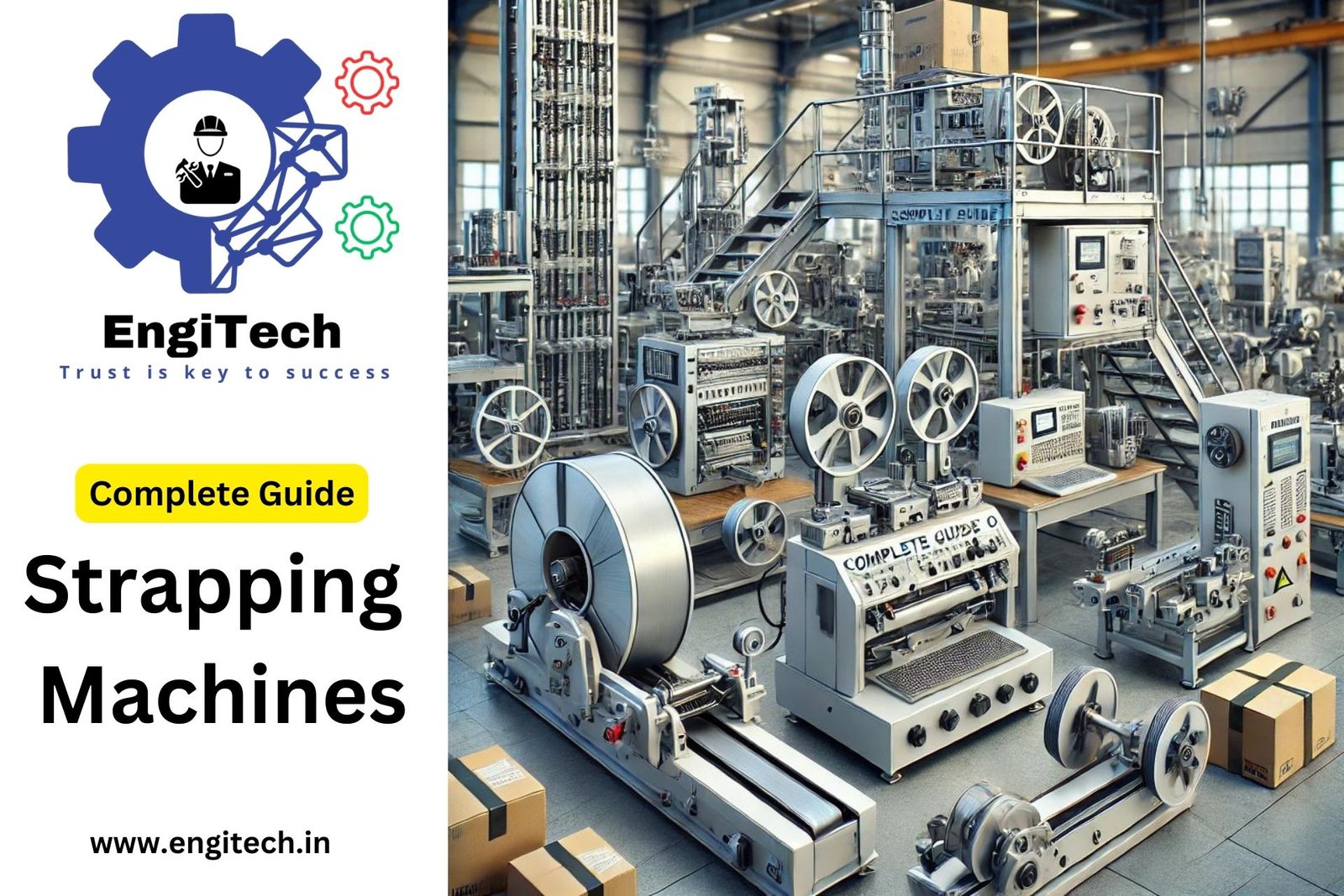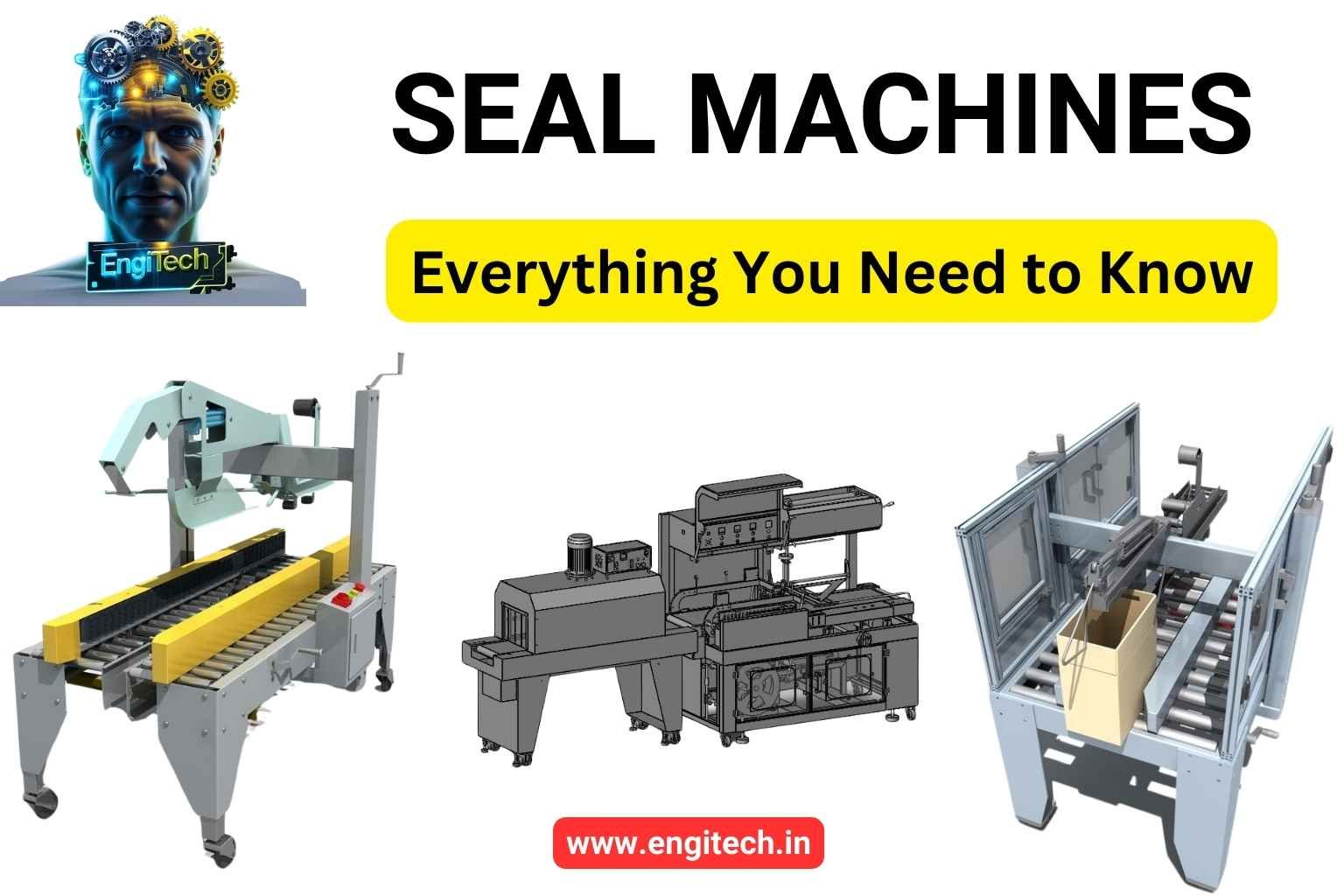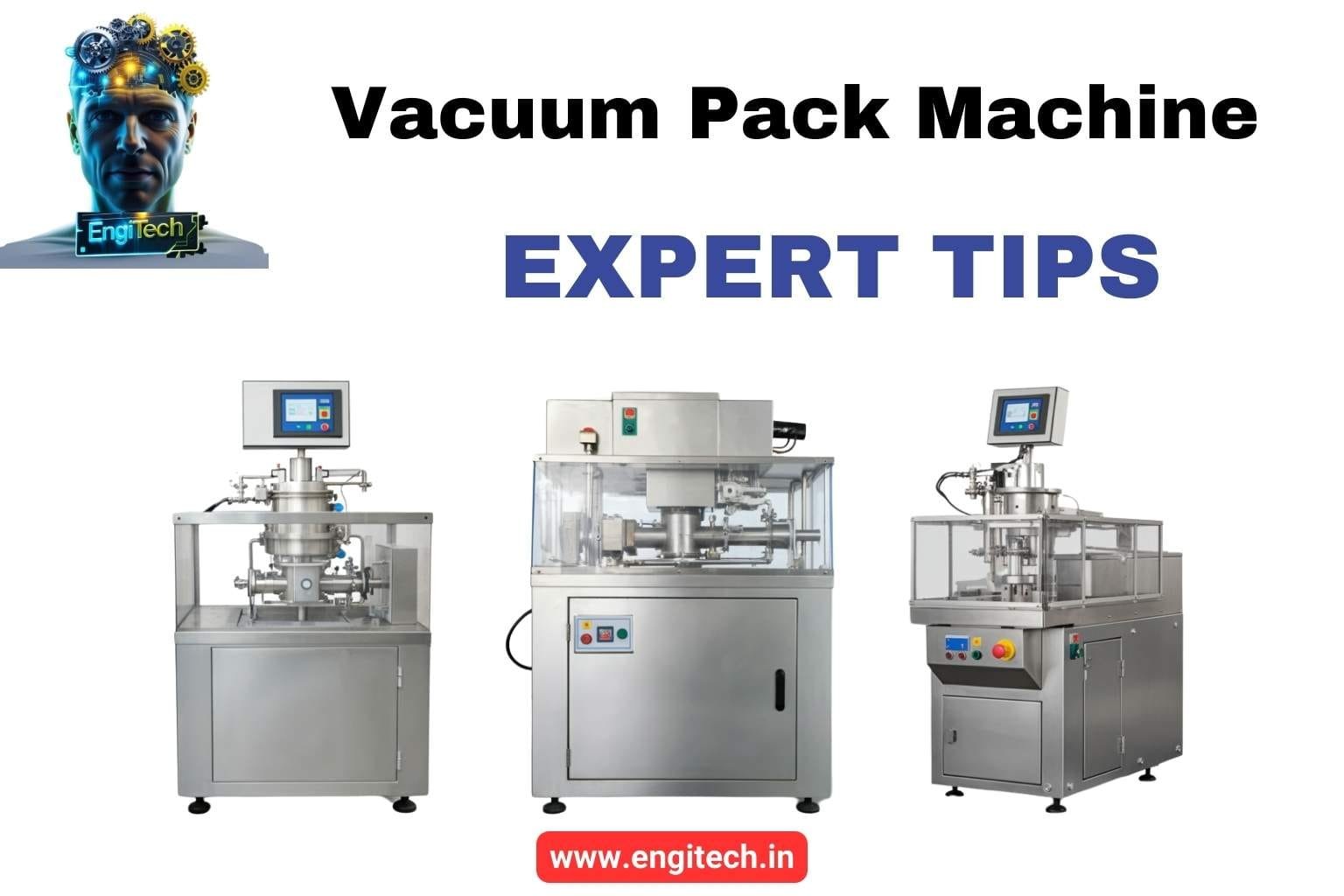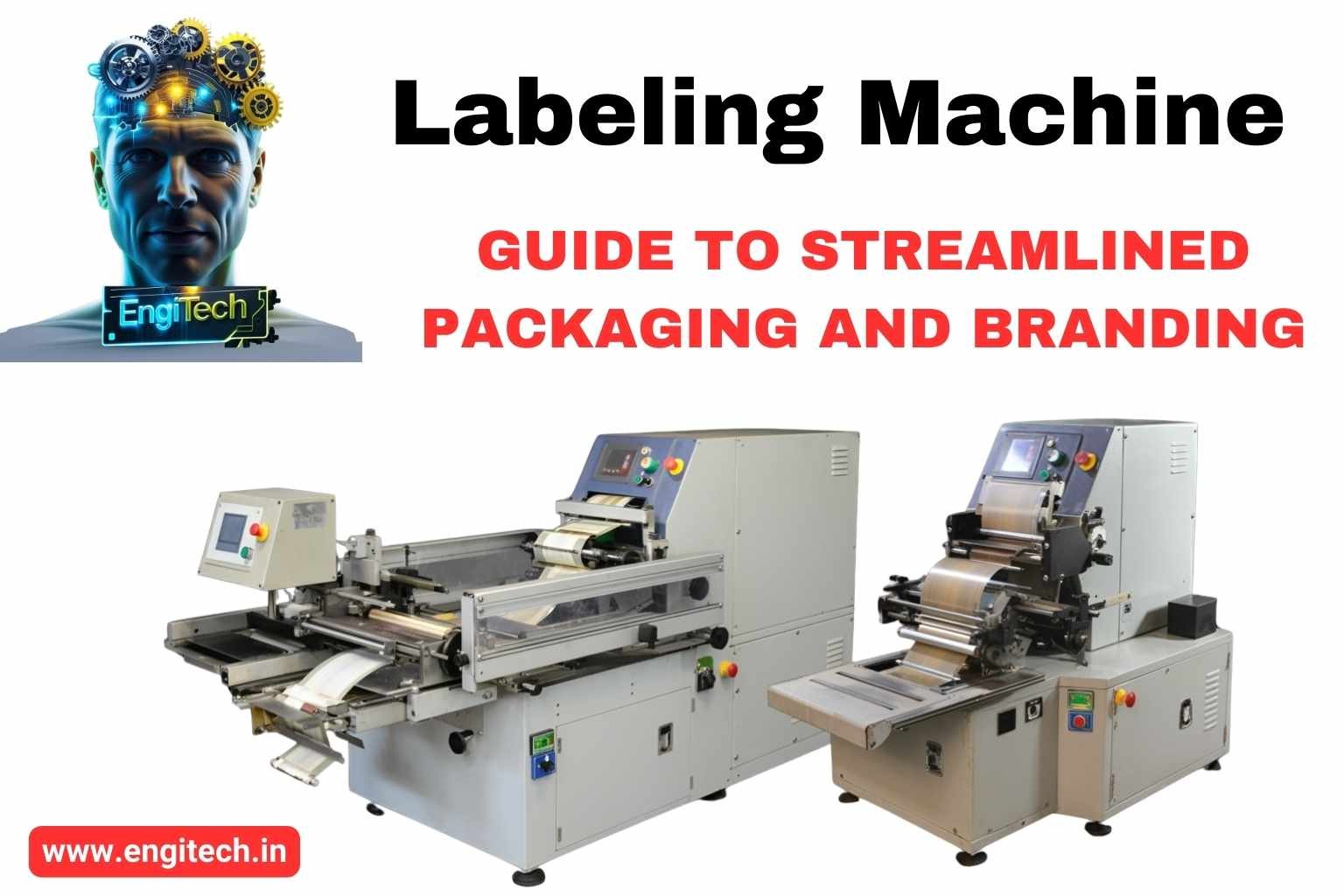Comprehensive Guide to Strapping Machines

Strapping machines are essential tools in various industries for securing items during transportation and storage. These machines enhance the efficiency and safety of packaging processes by applying straps around products, pallets, or bundles. In this comprehensive guide, we will delve into the world of strapping machines, exploring their types, applications, benefits, and considerations for choosing the right one. We will also provide expert insights and practical advice to help you make informed decisions.
What Are Strapping Machines?
Strapping machines are devices designed to bundle and secure items with straps, typically made of plastic or metal. These machines wrap the straps around the items and seal them to ensure stability during handling, transport, and storage. Strapping machines are used in various industries, including logistics, manufacturing, agriculture, and retail.
Types of Strapping Machines
1. Manual Strapping Machines
Manual strapping machines are the most basic type, requiring human effort to apply and seal the straps. These machines are suitable for low-volume operations and are portable, making them ideal for on-the-go use.
How They Work: The operator manually feeds the strap around the product, tightens it using a tensioner, and seals it with a manual sealer.
Applications: Small businesses, warehouses, and operations with low packaging volumes.
Advantages: Cost-effective, easy to use, and portable.
Limitations: Labor-intensive and not suitable for high-volume operations.
2. Semi-Automatic Strapping Machines
Semi-automatic strapping machines automate some parts of the strapping process while still requiring manual intervention. These machines are more efficient than manual ones and provide consistent results.
How They Work: The operator places the product on the machine’s table, feeds the strap around the item, and the machine tightens and seals the strap.
Applications: Medium-sized businesses, manufacturing units, and warehouses with moderate packaging needs.
Advantages: Increased efficiency, consistent strapping, and reduced labor effort.
Limitations: Still requires manual handling and is not fully automated.
3. Fully Automatic Strapping Machines
Fully automatic strapping machines handle the entire strapping process with minimal human intervention. These machines are designed for high-volume operations and provide maximum efficiency.
How They Work: Products are fed into the machine via a conveyor system. The machine automatically applies, tightens, and seals the straps.
Applications: Large-scale manufacturing facilities, logistics centers, and distribution hubs.
Advantages: High-speed operation, consistent quality, and minimal labor requirements.
Limitations: Higher initial investment and more complex setup and maintenance.
4. Battery-Powered Strapping Machines
Battery-powered strapping machines offer portability and ease of use. These machines are ideal for operations that require mobility and flexibility.
How They Work: The machine uses a rechargeable battery to power the strapping process. The operator places the strap around the product, and the machine tightens and seals it.
Applications: Construction sites, shipping yards, and remote locations.
Advantages: Portable, easy to use, and suitable for various environments.
Limitations: Limited by battery life and may require frequent recharging for high-volume operations.
5. Pneumatic Strapping Machines
Pneumatic strapping machines use compressed air to power the strapping process. These machines are known for their high tensioning capabilities and are suitable for heavy-duty applications.
How They Work: The machine connects to an air compressor. The operator feeds the strap around the product, and the machine tightens and seals it using pneumatic force.
Applications: Heavy industries, metalworking, and applications requiring high tension.
Advantages: High tensioning force, suitable for heavy-duty applications, and durable.
Limitations: Requires an air compressor and is less portable.
Key Features and Components of Strapping Machines
Understanding the key features and components of strapping machines helps in selecting the right equipment. Key components include:
- Strap Dispenser: Holds the strap roll and feeds it into the machine.
- Tensioner: Tightens the strap around the product.
- Sealer: Seals the strap ends together to secure the product.
- Control Panel: Allows operators to set and adjust parameters such as tension and sealing time.
- Frame: Supports the machine and the product during the strapping process.
Applications of Strapping Machines
Strapping machines are versatile and used in various industries for multiple applications:
- Logistics and Warehousing: Securing pallets and bundles for transport and storage.
- Manufacturing: Bundling products, securing parts, and preparing items for shipping.
- Agriculture: Bundling agricultural products, such as hay bales and produce.
- Retail: Securing packaged goods and ensuring product stability.
- Construction: Bundling construction materials, pipes, and other heavy items.
Benefits of Using Strapping Machines
- Product Protection: Strapping provides a secure hold, preventing movement and damage during transport.
- Cost Efficiency: Reduces labor costs and improves packaging efficiency.
- Enhanced Stability: Strapping stabilizes loads, reducing the risk of product damage.
- Versatility: Can accommodate various load sizes and shapes.
- Time Savings: Automated and semi-automated machines speed up the packaging process.
Key Considerations When Choosing a Strapping Machine
When selecting a strapping machine, consider the following factors:
- Volume of Production: Determine the number of items you need to strap daily. Manual machines are suitable for low volumes, while fully automatic machines are best for high-volume operations.
- Load Size and Weight: Consider the size and weight of the products you need to strap. Ensure the machine can handle your specific requirements.
- Type of Products: Different products may require different strapping techniques. Heavy or fragile items may benefit from pneumatic or battery-powered strapping machines.
- Budget: Factor in the initial investment and ongoing operational costs.
- Space Availability: Consider the available space in your facility. Some machines require more space than others.
- Strap Material and Specifications: Choose the appropriate strap material (plastic or metal) based on your product’s protection needs.
- Maintenance and Support: Ensure reliable after-sales support and easy access to spare parts. Regular maintenance is crucial for the machine’s longevity and performance.
Expert Insights and Tips
- Proper Strap Tension: Ensure the strap is applied with the correct tension to avoid damage or inadequate strapping. Adjust the tension settings according to the load type and strap specifications.
- Regular Maintenance: Schedule regular maintenance checks to keep the machine in optimal condition. This includes cleaning, lubricating, and inspecting all components.
- Operator Training: Proper training for operators is essential to ensure safe and efficient machine use. This includes understanding the control panel, adjusting settings, and handling different load types.
- Strap Selection: Use high-quality straps that suit your products and strapping needs. Consider factors like thickness, tensile strength, and material.
- Sustainability: Consider using eco-friendly strapping materials and recycling programs to minimize environmental impact.
Innovations in Strapping Technology
The strapping industry continuously evolves with new technologies and innovations aimed at improving efficiency, safety, and environmental impact. Some recent advancements include:
- Smart Strapping Machines: Equipped with IoT sensors and connectivity features, these machines provide real-time data and analytics on the strapping process, helping optimize operations and reduce downtime.
- Automated Strapping Systems: Advanced systems integrate with production lines, allowing seamless and high-speed strapping of products without manual intervention.
- Eco-Friendly Straps: Manufacturers are developing biodegradable and recyclable strapping materials to reduce plastic waste and environmental impact.
- High-Tension Strapping Machines: New machines offer higher tension capabilities, allowing for the secure strapping of heavier and larger loads.
- User-Friendly Interfaces: Modern strapping machines feature intuitive touchscreens and programmable settings, making them easier to operate and customize.
Conclusion
Strapping machines are indispensable tools in modern packaging, offering numerous benefits like product protection, cost efficiency, and enhanced stability. By understanding the different types of strapping machines, their applications, and key considerations for selection, businesses can make informed decisions that align with their packaging needs and budget.
Whether you’re a small business or a large industrial operation, investing in the right strapping machine can significantly improve your packaging efficiency and product protection. For more detailed information and expert advice on selecting the best strapping machine for your needs, visit EngiTech.in. Stay informed about the latest advancements in strapping technology and best practices for optimizing your packaging processes.
This comprehensive guide covers everything you need to know about strapping machines, from their types and applications to benefits and expert tips. By understanding these machines’ features and capabilities, you can make the best choice for your business, ensuring efficient, secure, and cost-effective packaging solutions.


